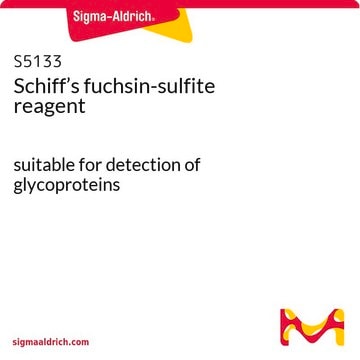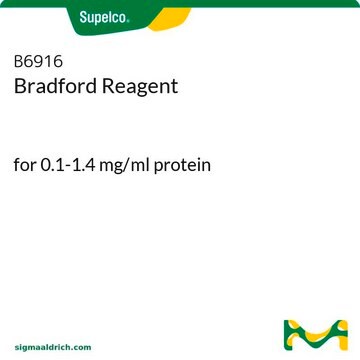Product 3952016 was introduced in the late 1970s or early 1980s, solution stability studies were set up. If was determined over time that solutions stored at 2-8°C gave better staining performance.
Schiff's Reagent stored at room temperature will often not list a color specification for the solution. Product 3952016 will list an appearance specification for color as colorless with a possible faint blue hue. There are other Schiff's reagent available from our website that are stored at room temperature. Product 102572 does not have a color specification for the solution but it does have a specification for SO2. A good Schiff's Reagent should have a smell of rotten eggs due to the presence of SO2 Solutions stored cooler will maintain higher levels of gases as compared to solutions stored at higher temperature. For example: fish kills are common in lakes and rivers when the water temperature becomes to high and available oxygen levels are low. Keeping solutions cooler will results in higher levels of dissolved gases in the Schiff's solution.
Storage at room temperature is not universal by any means. There are certainly plenty of internet sites that will suggest storage at 2-8°C. But if the Schiff's Reagent is stored at 2-8°C, the solution should be allowed to reach room temperature before staining is performed. It is for ease of use that some companies continue to recommend room temperature storage. There are users that will keep the stock bottle at room temperature but keep a working aliquot at room temperature for daily use. As the solution weakens with time, the solution is discarded and a new aliquot is used for staining. The working solution should never be returned to the stock bottle.










